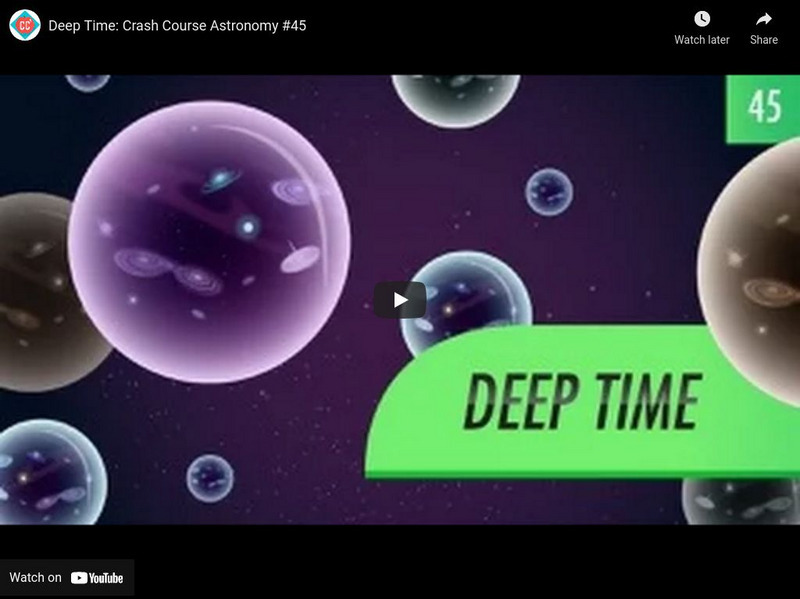Getty Images
Orion nebula, optical image.
The Orion nebula can be seen with the naked eye as a fuzzy patch in the constellation Orion. It comprises several nebulae, but the brightest is M42 (pink, upper left). M43 is the small round pink nebula immediately below M42. These...
Getty Images
Emission nebula (NGC 6357), optical image.
Emission nebulae are clouds of gas and dust that are ionised by radiation from hot stars within them, causing them to glow. This nebula lies in the constellation Scorpius. The ionising radiation comes from the open cluster Pismis 24,...
Getty Images
Open star cluster (M7), optical image.
This cluster is sometimes called the Ptolemy cluster after the Greek astronomer who first recorded it in 130AD. The cluster lies around 1000 light years from Earth in the constellation Scorpius, and is thought to be about 220 million...
Getty Images
Planetary nebulae are shells of glowing gases from a dying star, expanding outwards from the central star
Planetary nebulae are shells of glowing gases from a dying star, expanding outwards from the central star
Bloomberg
Webb Telescope Is More Powerful Than Hubble, Says NASA
Gregory Robinson, James Webb telescope program director for NASA, discusses the completion, launch and mission of the new deep space telescope. Robinson says technological advancements have made it even more powerful than the Hubble...
AFP News Agency
CLEAN : French exile allows Ukrainian astrophysicists to continue research
"Science creates bombs, but it can also produce a bright future": Ukrainian astrophysicists fled the war and found refuge in Fleurance, in the Gers, where they were welcomed by French colleagues, allowing them to continue to practice...
Sky News
The Chilbolton Observatory
CLEAN: Exterior shots of 25 metre steerable radar dish at the Chilbolton Observatory on an overcast day on August 20, 2015 in Stockbridge, United Kingdom.
Curated OER
Birth of the Solar System
Where did our sun come from? This clip shows the explosive birth of our sun, solar system, and universe. This is only an introduction to a longer video so it is short and shallow in explanation; however, it does provide a basic...
PBS
Pbs: Space Time
A video series where astrophysicist Matt O'Dowd investigates the outer reaches of space. Explores topics from asteroids to gravitation waves to sci-fi!
Crash Course
Crash Course Astronomy #42: The Big Bang, Cosmology, Part 1
Knowing that the universe is expanding, and how quickly it's expanding allows scientists to run the clock back 14 billion years to the way the universe began- with a bang. [13:23]
Crash Course
Crash Course Astronomy #41: Dark Matter
Find out that the matter we can actually observe in the universe isn't all there is. Galaxies and other large structures in the universe are created and shifted by a force we detect mostly indirectly, by observing its impact, dark...
Crash Course
Crash Course Astronomy #43: Dark Energy, Cosmology, Part 2
Learn how dark energy accelerates the expansion of space. Find out about the theory that the universe will expand indefinitely and faster all the time. [11:22]
Crash Course
Crash Course Astronomy #44: A Brief History of the Universe
To understand that our universe is constantly expanding, learn about those first few minutes of the universe's life. [12:35]
Crash Course
Crash Course Astronomy #45: Deep Time
Are the Universe's days are numbered? Learn about the expected fate of stars, protons, matter, and black holes. [15:15]
Science Friday Initiative
Science Friday: Star Crossed Galaxies
Dr. Barry Rothberg of the Leibniz Institute for Astrophysics in Potsdam, details how colliding galaxies play out and why the fate of our own galaxy, the Milky Way, could already be sealed. [5:24]
Science Friday Initiative
Science Friday: Ask an Astrophysicist
Nobel Prize-winning astrophysicist Adam Riess takes questions on dark energy and the cosmos.
Nobel Media AB
The Nobel Prize: Star Stories
A video preview of Star Stories. Star Stories focuses on the advances in cosmology and astrophysics that have won Nobel Prizes and brought us more understanding of the stars. [1:06]
Science Friday Initiative
Science Friday: Big Bang Theory
We'll talk with the executive producer of the sitcom The Big Bang Theory about packing science into a television comedy.











